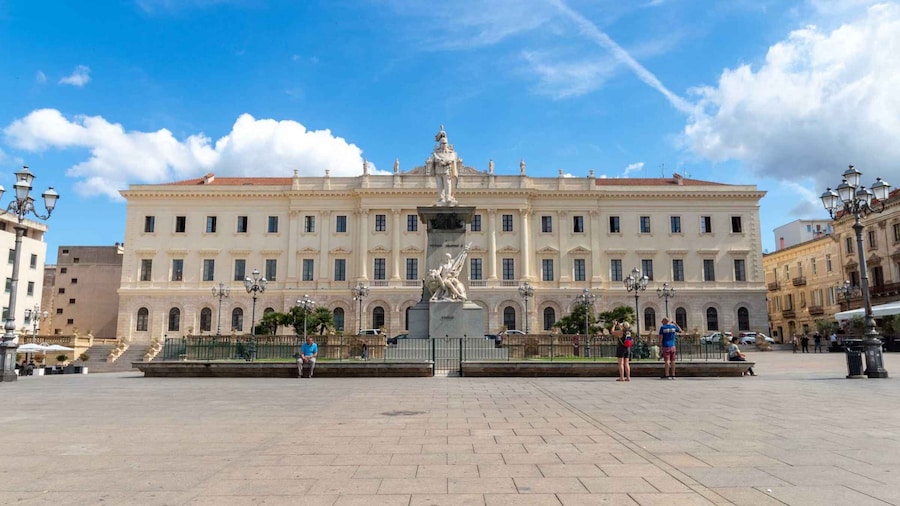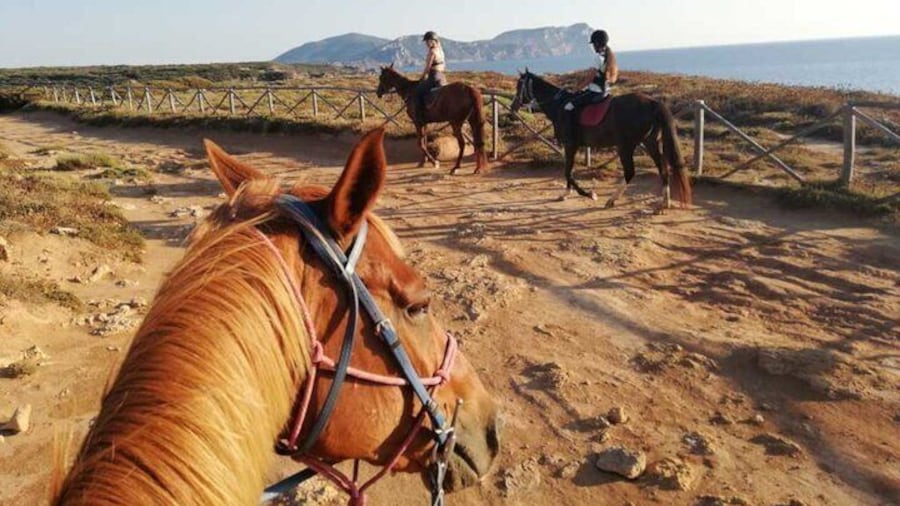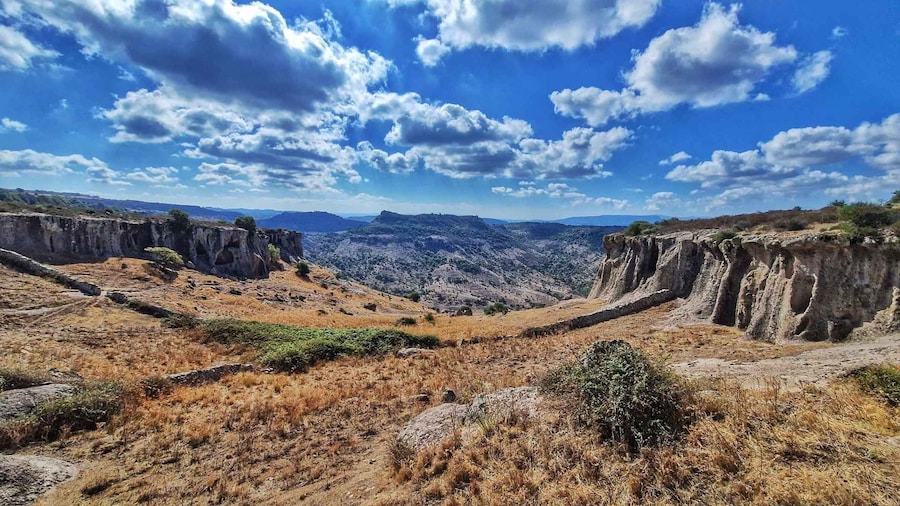Sassari’s urban landscape is a jumble of neoclassical, Gothic and modern architecture. Compared to the island’s coastal towns, the focus of Sassari is more on every-day living than on tourism, making this a good place to meet the real Sardinians and explore their history. After all, this is the island’s second-largest city in terms of population.
Start at the Piazza del Comune (Town Hall Plaza) to see the Palazzo Ducale, which doubles as the City Hall and is part of the Museo della Città. The limestone palace was erected in 1775 for Don Antonio Manca, Duke of Asinara. Join the tour named Le Cantine del Duca, which follows a walkway suspended over the palace’s cellars.
Stroll to the nearby 13th-century Duomo, or the Cathedral of St. Nicholas and visit the art gallery in the nearby Church of San Michele.
In the city’s Piazza d’Italia, compare the neoclassical Palazzo della Provinciato the neo-Gothic Palazzo Giordano. The square’s grand Monument to King Vittorio Emanuele II was inaugurated in 1899 with a traditional street parade called Cavalcata Sarda, which is still held each spring. If your visit coincides with this weekend-long festival, admire the dancers in their lavish traditional costumes and watch the parigliehorseshow at the racetrack. Any other day, visit the restaurants in Piazza d’Italia to sample typical regional lamb or pork dishes, such as cordula, favataandcavolata.
TheG. A. Sanna Archaeological-Ethnographic Museum is a villa that houses magnificent relics from the Paleolithic to the Middle Ages. Learn about the domus de janas (fairy houses), the ancient ritual sites that dot the island.
Just outside the city walls is Piazza Mercato, home to Sassari’s famous landmark: the Fountain of the Rosello. The late Renaissance-style fountain covers the ancient spring of Gurusele.
Sassari is located on a plateau in northwestern Sardinia that slopes down to the Gulf of Asinara. Take a short trip into the countryside to see Monte d'Accoddi, a sacred pyramid that dates back some 5,000 years. Continue toPorto Torres with its historic center and panoramic harbor. The town’sBasilica di San Gavino is one of the most important Pisan Romanesque structures on Sardinia.





















